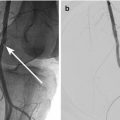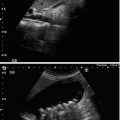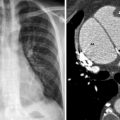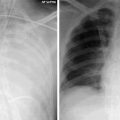Florian Falter and Nicholas J. Screaton (eds.)Imaging the ICU Patient201410.1007/978-0-85729-781-5_7
© Springer-Verlag London 2014
7. Image Review and Reporting
(1)
Department of Radiology, St James’s Hospital, James’s St, Dublin, 8, Ireland
Abstract
Medical images can be viewed on a multitude of platforms. This chapter discusses the devices available for reviewing medical imaging as well as the optimal viewing conditions for commonly performed studies. It also highlights the essential elements of a radiology report and briefly reviews advanced image processing.
Introduction
The clinicians requesting imaging as well as the radiologist have a duty towards the patient to maximize the diagnostic yield from any examination. In order to achieve this they don’t only have to make sure that the right imaging modality is chosen but also that the resulting images are available in best possible format.
Medical Imaging Displays
Medical imaging can be reviewed on a multitude of devices ranging from a diagnostic monitor to a tablet computer. Generally viewing devices are classified under three types:
1.
Primary diagnostic monitors are used for the interpretation of medical images and have very high-resolution displays. The recommended resolution is greater than three megapixels, especially if used to report a large volume of radiographs.
2.
Clinical review monitors are used to review medical images in key clinical areas where a level of primary diagnosis may be carried out, such as in the Emergency Department or Orthopaedic Outpatient Department. These monitors should have a resolution of greater than two megapixels. In high use areas, like an Intensive Care Unit, where the clinical team will review a large volume of radiographs, a high-resolution monitor is essential.
3.
General PC monitors are where clinical teams review the majority of images in hospitals. They are not designed for diagnostic purposes and should only ever be used for clinical review in conjunction with the official radiology report.
Viewing Conditions
Medical imaging should be reviewed in a quiet room where the ambient light can be controlled. There can be a significant reduction in image quality from reflections on the display surface, depending on the ambient light. The American Association of Physicists in Medicine (AAPM) recommends an ambient light level of between 2 and 60 lux depending on the type of imaging that is being reviewed (2–10 lux for radiographs, 15–60 lux for cross sectional imaging). On a practical level, 2 lux is about equivalent to twilight and 60 lux is similar to low level lighting in at home.
It is important to regularly clean the monitors and remind colleagues that they are not to touch screens. Diagnostic and clinical review monitors often have multiple screen functions, which allow the reader to simultaneous review current and prior examinations. It is good medical practice to always review prior imaging when available.
Stay updated, free articles. Join our Telegram channel

Full access? Get Clinical Tree








